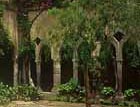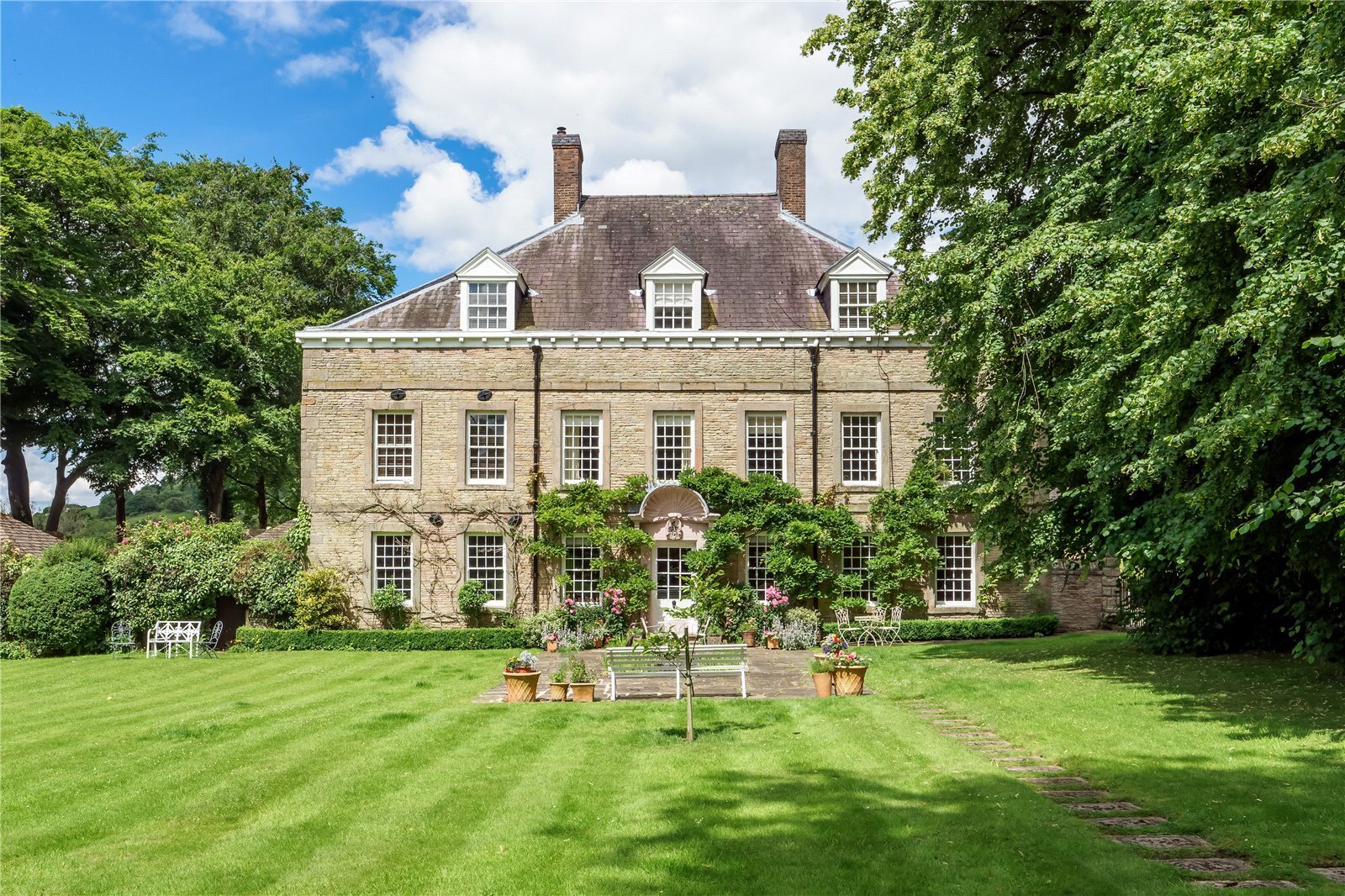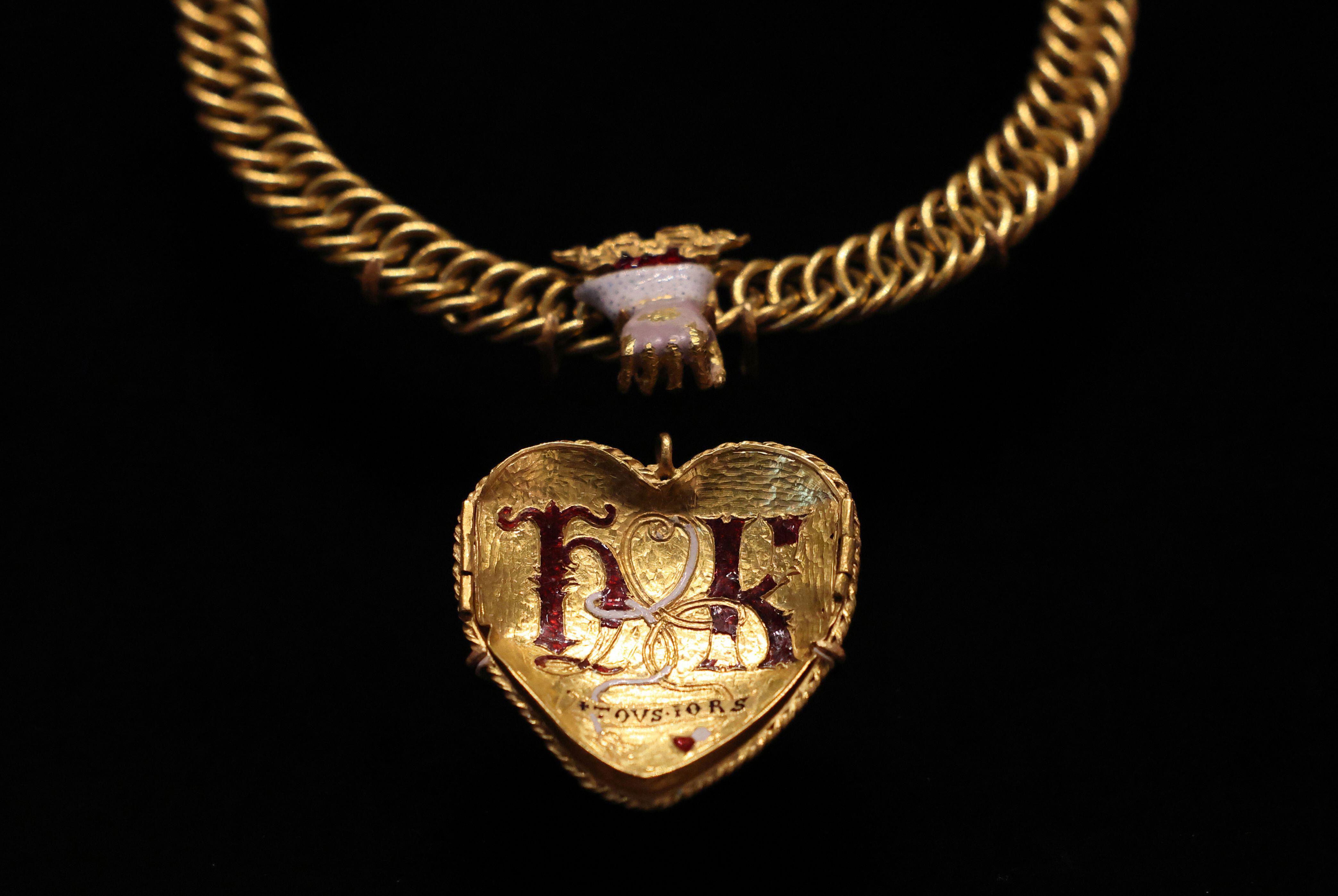Solutions for Town Gardens
Anthony du Gard Pasley explains how to overcome the most common problems found in town gardens: poverty of light, bad soil and lack of space


A courtyard being basically a room without a roof, the floor is important.
Handkerchief - sized lawns should not be attempted, as this can quickly turn into mud when children or animals are around. The most successful solution is tocover the space with material akin to the surroundings, which will apparently increase the size.
This often involves using brick: make sure that the colour is suitable and that the brick can withstand frost. Stone can be either used alone or with cobbles, inset in a pattern or in groups. Sometimes bolder materials are appropriate:black and white marble looks elegant with grand Classical buildings whose interiors can stand the comparison.The relationship with the inside and the outside is importantwhere a courtyard is immediately adjacent to a building. If there is hard surface floor within the building this should continue into the courtyard, apart from ceramic tiles, which are prone to frost and look artificial.
Concrete could be used, coloured with additives or aggregates and made interesting with the patterns of wooden expansion joints.For confined gardens to look interesting all year round, there must be evergreen. Fatsias are particularly suitable with their large foliage: when grown they take on the appearance of small evergreen trees. Just as the Mahonia Charity, whose fern like foliage is a brilliant contrast with the fatsia. Rhus typhinamakes an unusual small tree, as does the witch hazel, Hamamelis mollis.
Providing real trees is not out of the question.Robinia pseudoacacia Frisia is ideal for a small court, making a cheerful surrounding. Although the less cheerful Gleditisia triacanthos Sunburst has many of the same qualities, as do sorbus, which also provide autumn colour and fruit. Even the laburnum can be excellent if there are no small children around to eat the seeds.
Exquisite houses, the beauty of Nature, and how to get the most from your life, straight to your inbox.
Country Life is unlike any other magazine: the only glossy weekly on the newsstand and the only magazine that has been guest-edited by His Majesty The King not once, but twice. It is a celebration of modern rural life and all its diverse joys and pleasures — that was first published in Queen Victoria's Diamond Jubilee year. Our eclectic mixture of witty and informative content — from the most up-to-date property news and commentary and a coveted glimpse inside some of the UK's best houses and gardens, to gardening, the arts and interior design, written by experts in their field — still cannot be found in print or online, anywhere else.
-
 Can you buy happiness? The latest list of Britain's happiest places, and what you could end up with if you moved there
Can you buy happiness? The latest list of Britain's happiest places, and what you could end up with if you moved thereCan you buy happiness? Of course not, but you can buy a nicer house in a better town... and, well, that's probably going to help quite a bit.
-
 Is the British Museum's attempt to save a Tudor-era pendant with links to Henry VIII proof that the institution is on the up?
Is the British Museum's attempt to save a Tudor-era pendant with links to Henry VIII proof that the institution is on the up?After years of neglect and controversy, Britain's premier cultural institution seems to be finding its feet again.
